Swimming is an excellent workout for weight loss due to its low impact and full-body engagement. Combine that with a good diet afterwards, and the fat will practically melt off.
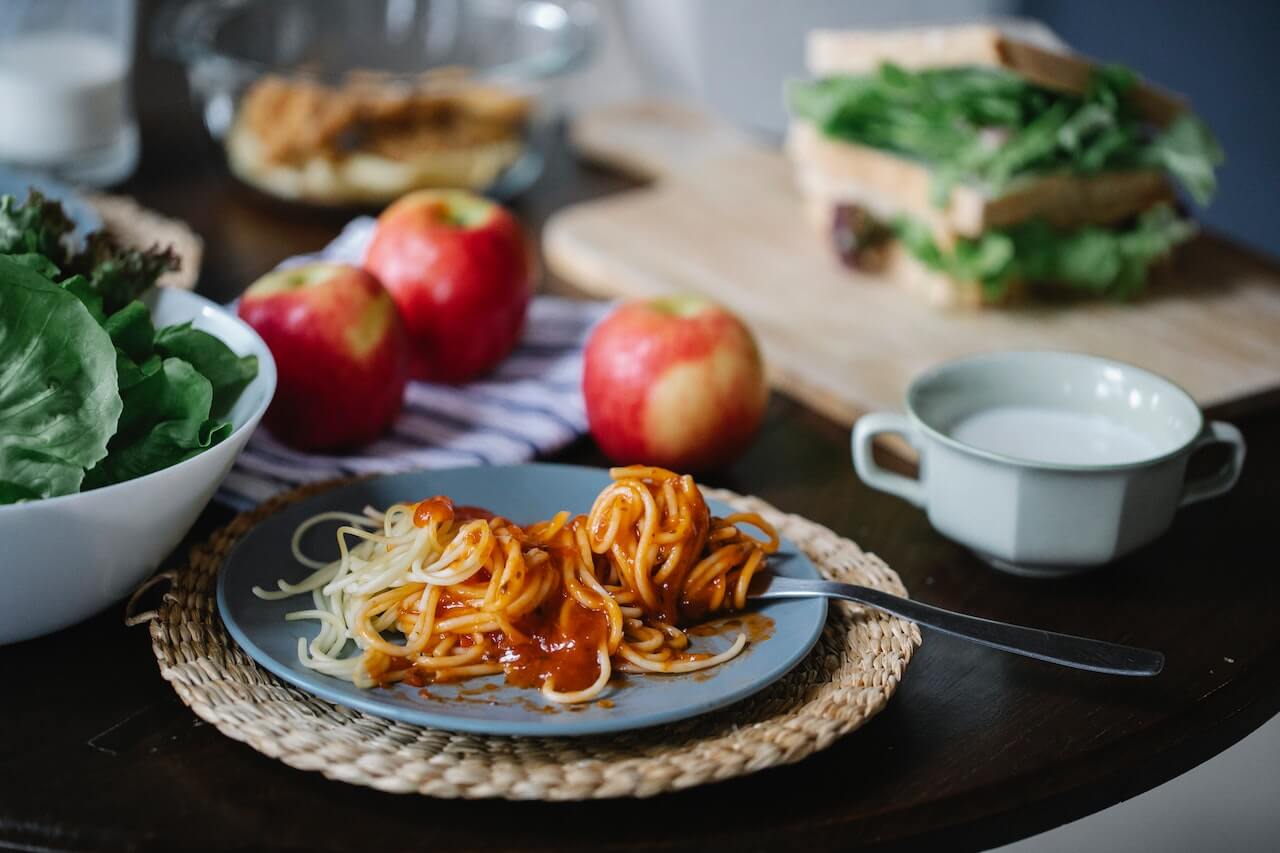
In this article, we’ll dive into the best post-swimming snacks and meals that provide the optimal nutrients needed for recovery, muscle growth, and fat loss.
You’ll discover how to make the most of your swim session, from the right combination of carbohydrates and protein to specific foods that fuel your body without compromising your weight loss journey.
Macronutrient Breakdown for Post-Swim Meals
Carbohydrates
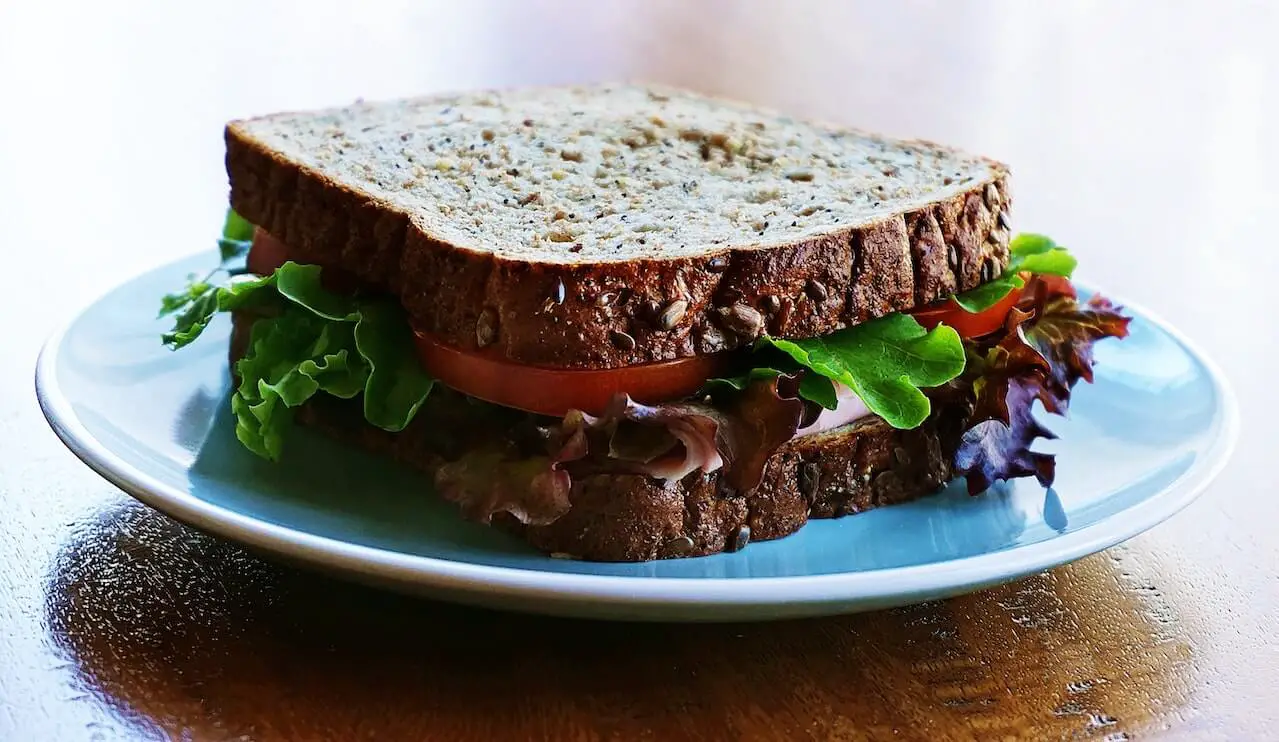
After swimming, you must replenish your glycogen stores by eating carbohydrates. Aim for carbohydrates to make up 50-60% of your meal’s total calories.
Prioritize complex carbohydrates, as they offer sustained energy release and help maintain stable blood sugar levels.
Examples of complex carbohydrates include: whole grains like quinoa, brown rice, and whole-wheat pasta, as well as fruits such as berries, apples, and bananas, and vegetables like leafy greens, bell peppers, and sweet potatoes.
In addition to complex carbohydrates, incorporate some simple carbohydrates in your post-swim meal. These carbohydrates are digested and absorbed more rapidly, providing a quick boost of energy when needed.
However, remember to balance your intake and avoid excessive consumption of simple carbs. Sources of simple carbs include honey, dried fruits, and white rice.
Proteins
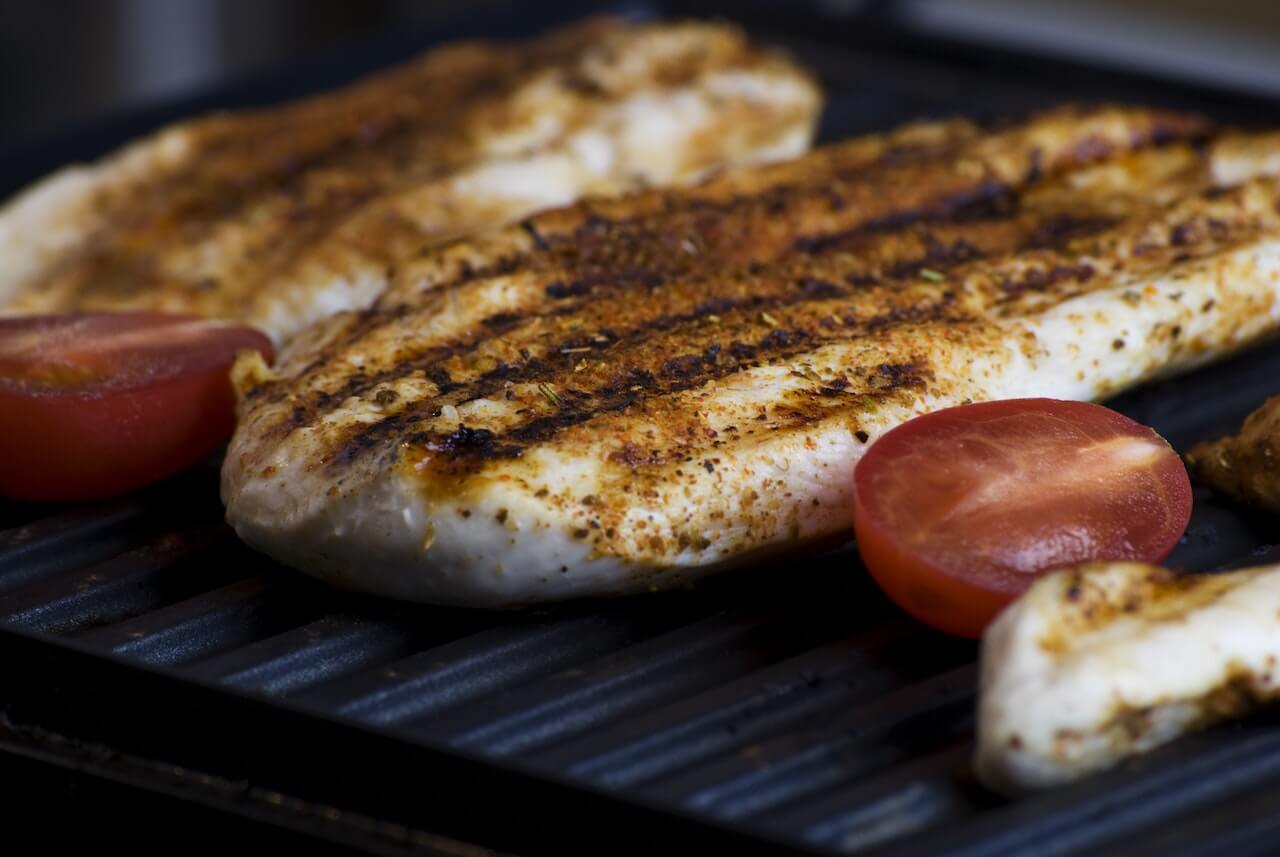
Protein is essential for repairing and rebuilding the muscles you used during your swim. Aim for proteins to make up 20-30% of your meal’s total calories.
Opt for high-quality protein sources, such as lean meats like grilled chicken, turkey, and lean beef, as well as fish and seafood options like salmon, shrimp, and tuna.
Plant-based proteins, including tofu, tempeh, legumes, and edamame, are also excellent choices. Dairy and dairy alternatives, such as Greek yogurt, cottage cheese, and almond milk, provide additional protein options.
Combining proteins with carbohydrates in your post-swim meal can optimize recovery. The combination supports glycogen replenishment and promotes muscle repair, making it an essential strategy for swimmers focusing on weight loss.
Fats
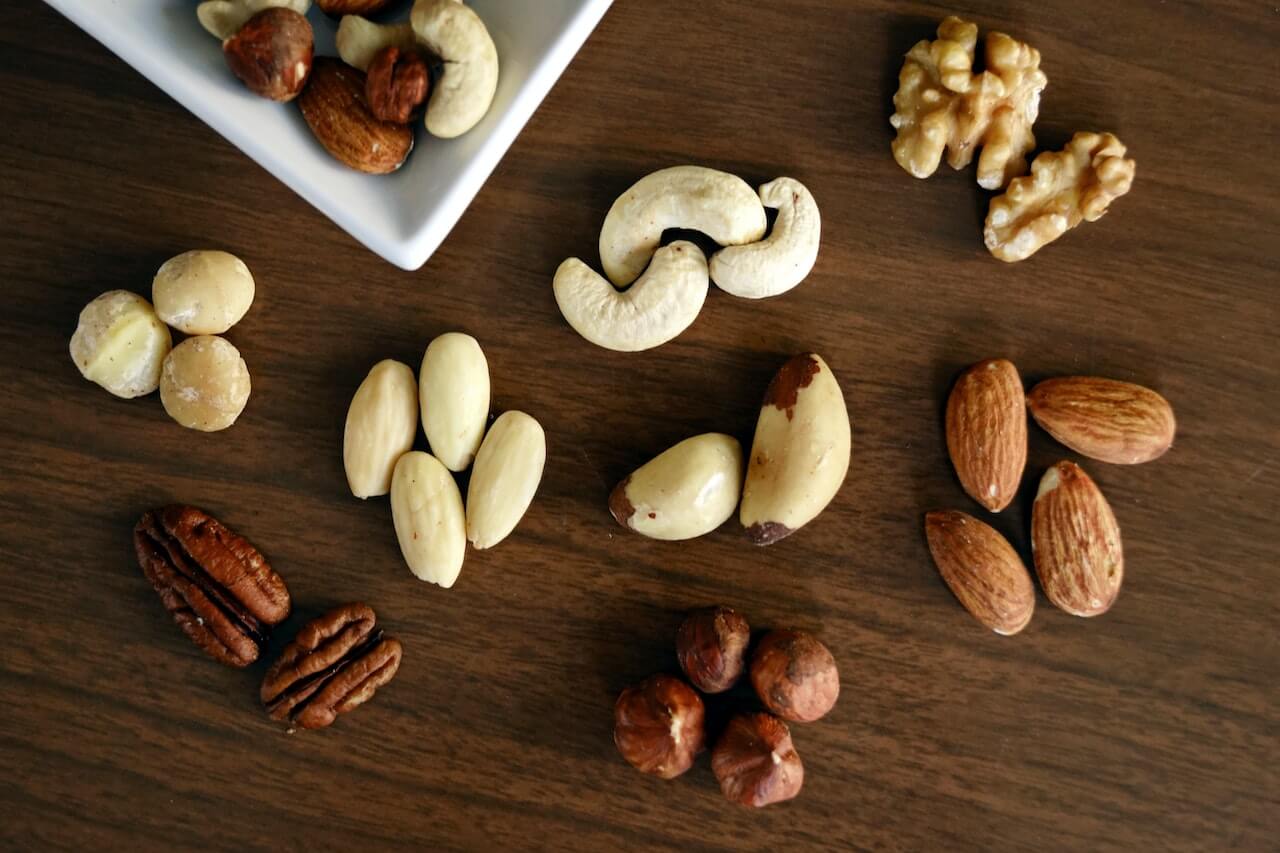
Fats are essential for hormone regulation, nutrient absorption, and satiety, making them an important component of a well-rounded post-swim meal.
Aim for fats to make up 20-30% of your meal’s total calories, and focus on consuming healthy fats.
Monounsaturated fats, found in avocados, olive oil, nuts, and seeds, and polyunsaturated fats, present in fatty fish, flaxseeds, and walnuts, should be emphasized in your diet.
Make sure to limit the consumption of saturated and trans fats, which can negatively impact heart health and hinder weight loss efforts.
Saturated fats are typically found in red meat and full-fat dairy products, while trans fats are commonly present in packaged snacks, fried foods, and baked goods.
Additionally, incorporating omega-3 fatty acids into your diet can offer benefits such as reduced inflammation and improved heart health. Sources of omega-3 fatty acids include salmon, walnuts, chia seeds, and flaxseeds.
The Role of Calories in Weight Loss
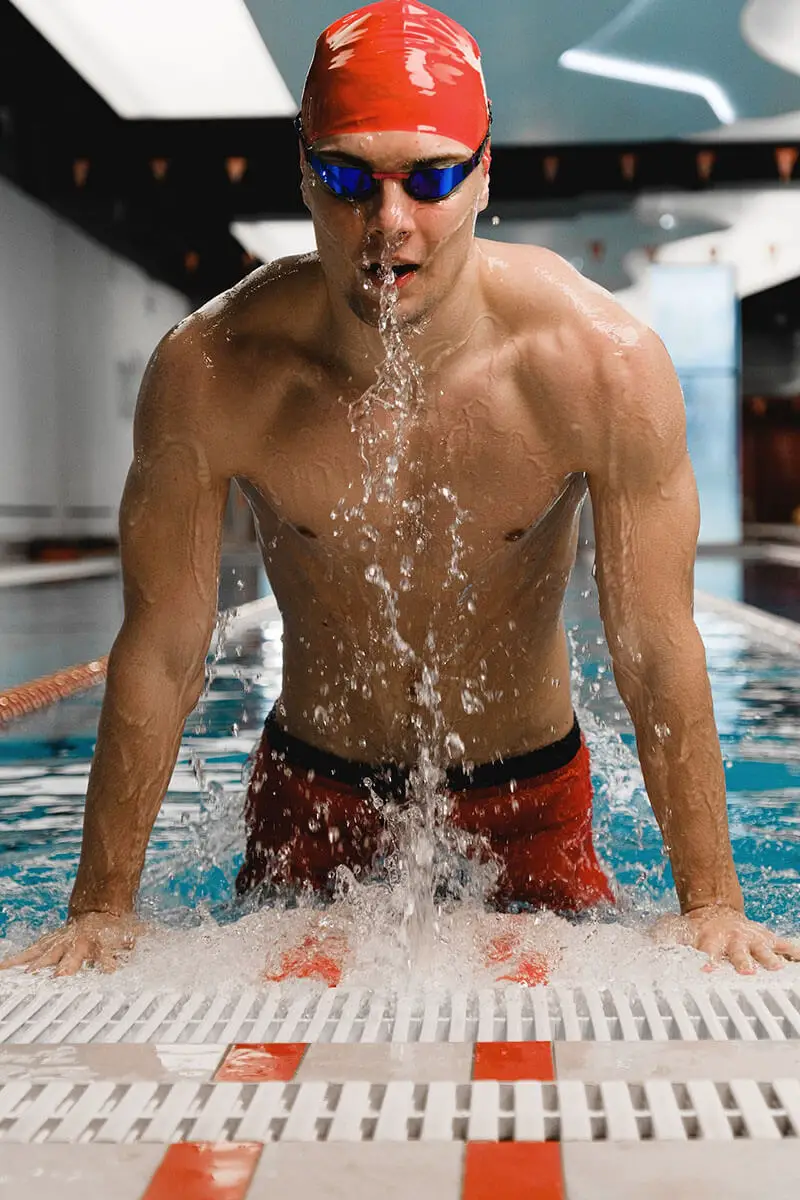
Understanding Caloric Needs
Your body requires energy in the form of calories to function properly. The number of calories you need depends on factors such as age, gender, weight, metabolic rate, and activity level.
To maintain weight, you must consume the same amount of calories as the calories you burn daily. This is known as eating at “maintenance.”
But when your goal is to lose weight, you need to carefully measure your caloric intake to ensure that overall, you are eating less calories than your body is burning daily. This is known as eating at a “caloric deficit.”
Caloric Deficit for Weight Loss
To achieve weight loss, you should aim for a caloric deficit, which means consuming fewer calories than you burn.
A general guideline is to cut about 500 calories from your daily intake to lose approximately ½ to 1 pound per week. This can be easily achieved by, say, cutting out sugary beverages from your diet, or eating a slightly smaller portion for each of your meals.
However, ensure you still have enough energy to fuel your swimming workouts, and try to eat at least 30 minutes before exercising.
Mindful Eating Habits
Adopting mindful eating habits is crucial in managing your caloric intake. This means being aware of what and how much you’re eating while also listening to your body’s hunger and satiety signals.
Focus on incorporating nutrient-dense foods, such as fruits, vegetables, whole grains, lean proteins, and healthy fats, into your diet to provide the necessary energy and nutrients for your swimming workouts.
As an example, a 100-calorie apple will keep you feeling full for much longer than eating a 100-calorie cookie, and it is much healthier to boot.
Making small changes in your diet like this where possible will make a big difference in the success of your weight loss journey.
Tracking Calories and Nutrients
Keeping track of the calories and nutrients you consume can be helpful in achieving weight loss goals.
A quick search on the app store will bring up numerous apps and tools available to help you log what you eat and analyze the nutritional content of your meals.
Being consistent in tracking your calories and macros will significantly contribute to your weight loss success and ensure you’re getting the required nutrients to fuel your swimming workouts.
Remember that combining proper nutrition with regular exercise, like swimming, can help you reach your weight loss goals more effectively. Mindfully choose what you eat after swimming and closely monitor your caloric intake to support your weight loss journey.
Post-Swim Meal Ideas

Quick and Easy Options
After a swim, it’s important to refuel your body with a balanced meal that includes protein, carbohydrates, and healthy fats. Here are some quick and easy post-swim meal ideas:
- Make a delicious fruit and Greek yogurt parfait by combining your favorite fruits, a scoop of creamy Greek yogurt, and a sprinkle of granola.
- Prepare a wrap with grilled chicken, mixed greens, and a whole wheat tortilla. This is an excellent combination of lean protein, fiber, and carbohydrates to aid in recovery.
- Opt for a hearty bowl of oatmeal, topped with banana slices and a spoonful of nut butter. This meal offers carbohydrates and fiber for energy, as well as protein to help rebuild your muscles.
Meals for Optimal Recovery
For optimal recovery after swimming, it’s key to have a more substantial meal. Here are some delicious meal ideas:
- Try a griddled chicken with quinoa Greek salad for a perfect mix of protein, carbs, and vegetables. The quinoa provides slow-releasing energy, while the chicken offers lean protein for muscle recovery.
- Treat yourself to a warm quinoa salad with grilled halloumi, which combines protein, healthy fats, and carbohydrates to fuel your body after a swim.
- Prepare a fruity lamb tagine for a protein-rich meal that also includes plenty of nutritious vegetables and fiber.
These meal ideas will not only keep you satisfied but also ensure that you are fueling your body for optimum weight loss after swimming.
Timing of Post-Swim Nutrition
The Recovery Window
After an intense swimming session, it’s better to refuel your body within a specific timeframe. This is known as the recovery window, which typically lasts an hour after your swim.
During this time, your body is primed to replenish its glycogen stores and repair muscle tissues, so it’s essential to consume a mix of carbohydrates and proteins.
If you are not able to eat a meal within an hour after swimming or exercising, don’t worry, it’s not the end of the world. However, it’s better to eat your meal sooner rather than later.
Balancing Nutrient Intake Throughout the Day
While it’s crucial to refuel during the recovery window, it’s equally important to balance your nutrient intake throughout the day to keep your satiety (how hungry you feel) in check.
It’s up to you how you’d like to split up your meals. Some prefer the standard 3 meals a day: breakfast, lunch, and dinner, timing it so that after morning swim practice, they have a big breakfast.
Some swimmers eat 5-6 meals a day, preferring to have a meal every 3 hours or so. In that case, one should decrease the portion sizes of each meal so that they do not end up doubling their calorie intake.
No matter how many meals you eat in a day, as long as you’re eating nutrient-dense, low calorie, satiating foods, while staying at a caloric deficit of 500 calories or so, and making sure to refuel after a swimming session, you should expect to lose weight at a rate of around 1 pound a week.
Sources:
- https://swimcompetitive.com/training/meal-plan-swimmers/
- https://www.bbcgoodfood.com/howto/guide/what-eat-after-swim
- https://www.mayoclinic.org/healthy-lifestyle/weight-loss/in-depth/calories/art-20048065
- https://www.healthline.com/health/fitness-exercise/how-many-calories-do-you-burn-swimming
- https://www.swimmingworldmagazine.com/news/boost-recovery-with-these-7-post-practice-meals/
- https://www.webmd.com/fitness-exercise/what-to-know-about-swimming-for-weight-loss
- https://www.livestrong.com/article/391401-why-do-you-get-hungry-lose-weight-after-swimming/

